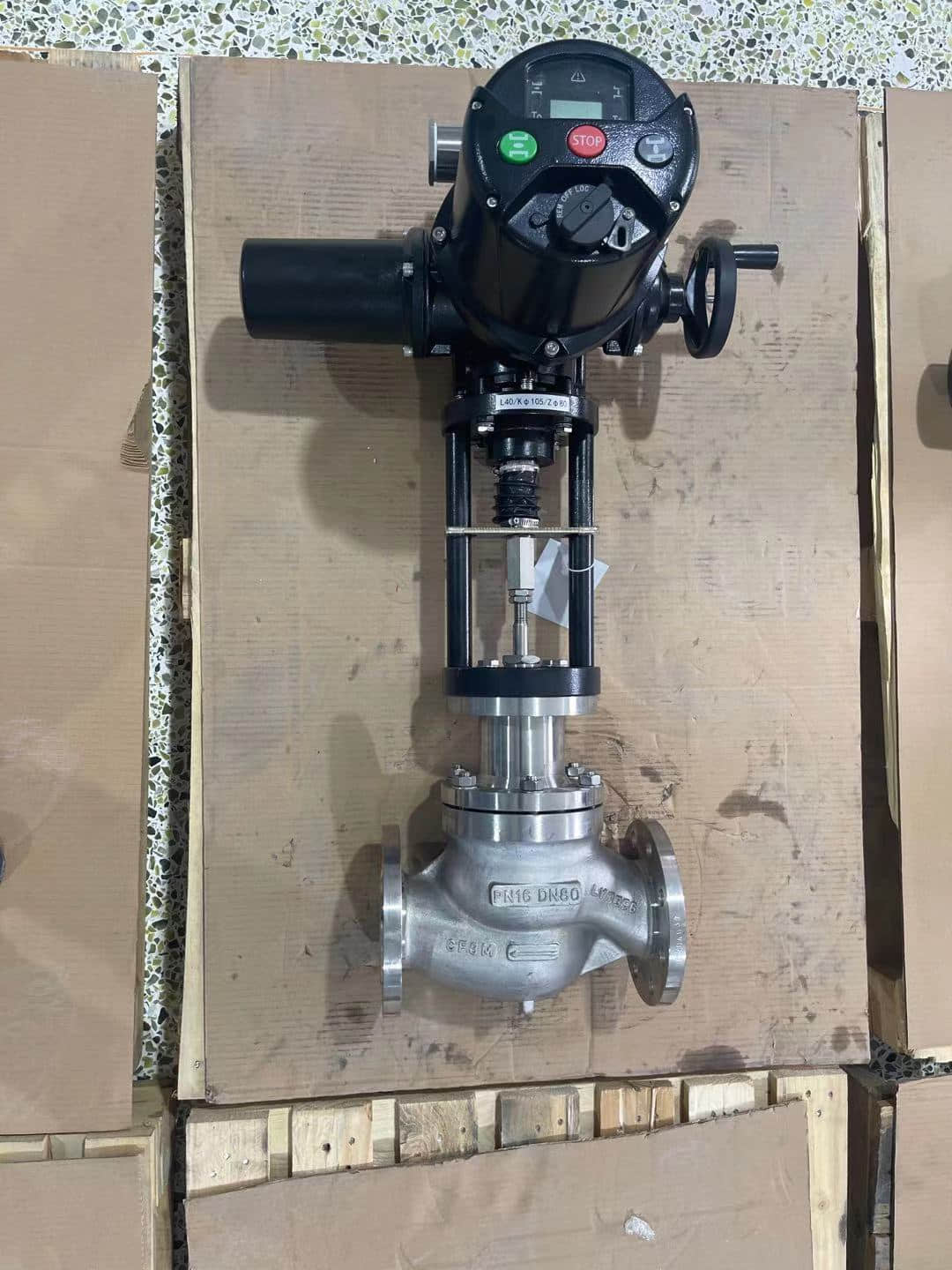understanding the wcb electric two-seat regulating valve: a comprehensive overview
Release time:2024-09-29 07:01:01
The WCB Electric Two-Seat Regulating Valve is a crucial component in modern industrial processes, designed to provide precise control over fluid flow and pressure. This article delves into the operational principles, applications, advantages, and maintenance considerations of this innovative valve, emphasizing its significance in enhancing system efficiency and reliability.

Operational Principles The WCB Electric Two-Seat Regulating Valve operates on the principle of modulating flow through two parallel seating surfaces. This design allows for greater flow capacity and better pressure control than traditional single-seat valves. When an electric actuator is integrated, the valve can be remotely controlled, providing flexibility and precision in adjusting flow rates in response to varying process demands.
The electric actuator translates electrical signals into mechanical movement, enabling fine-tuning of the valve's position. This functionality is critical in processes requiring strict adherence to pressure and flow specifications, as it ensures rapid and accurate adjustments. The two-seat design minimizes leakage, further enhancing the valve's efficiency and reliability in critical applications.

